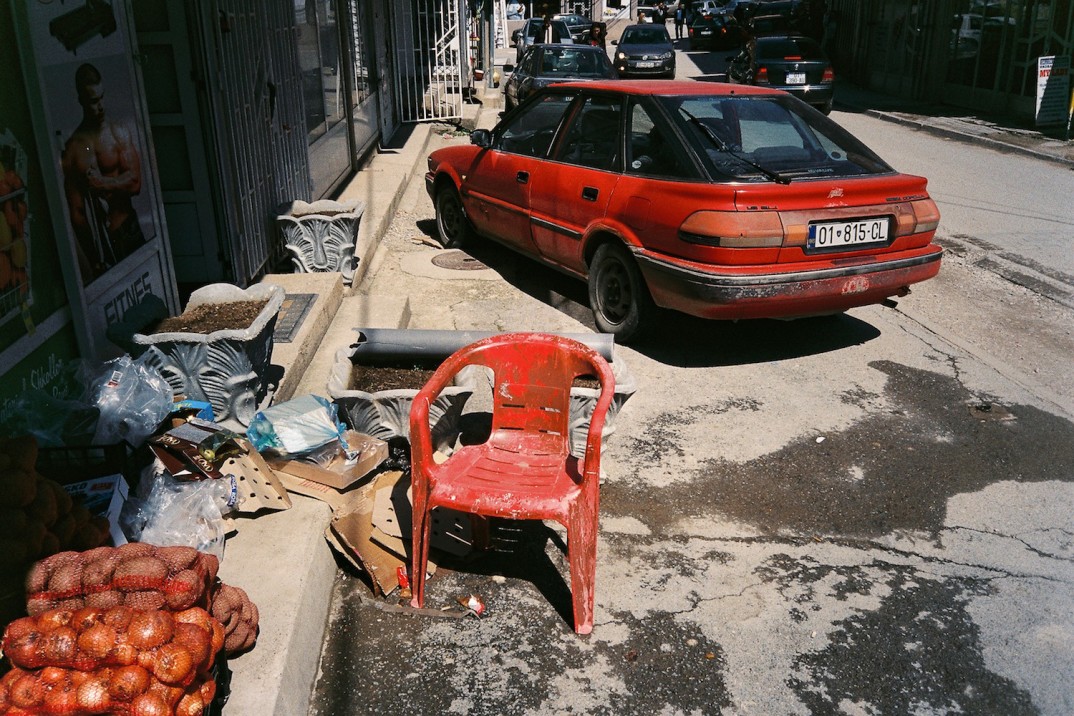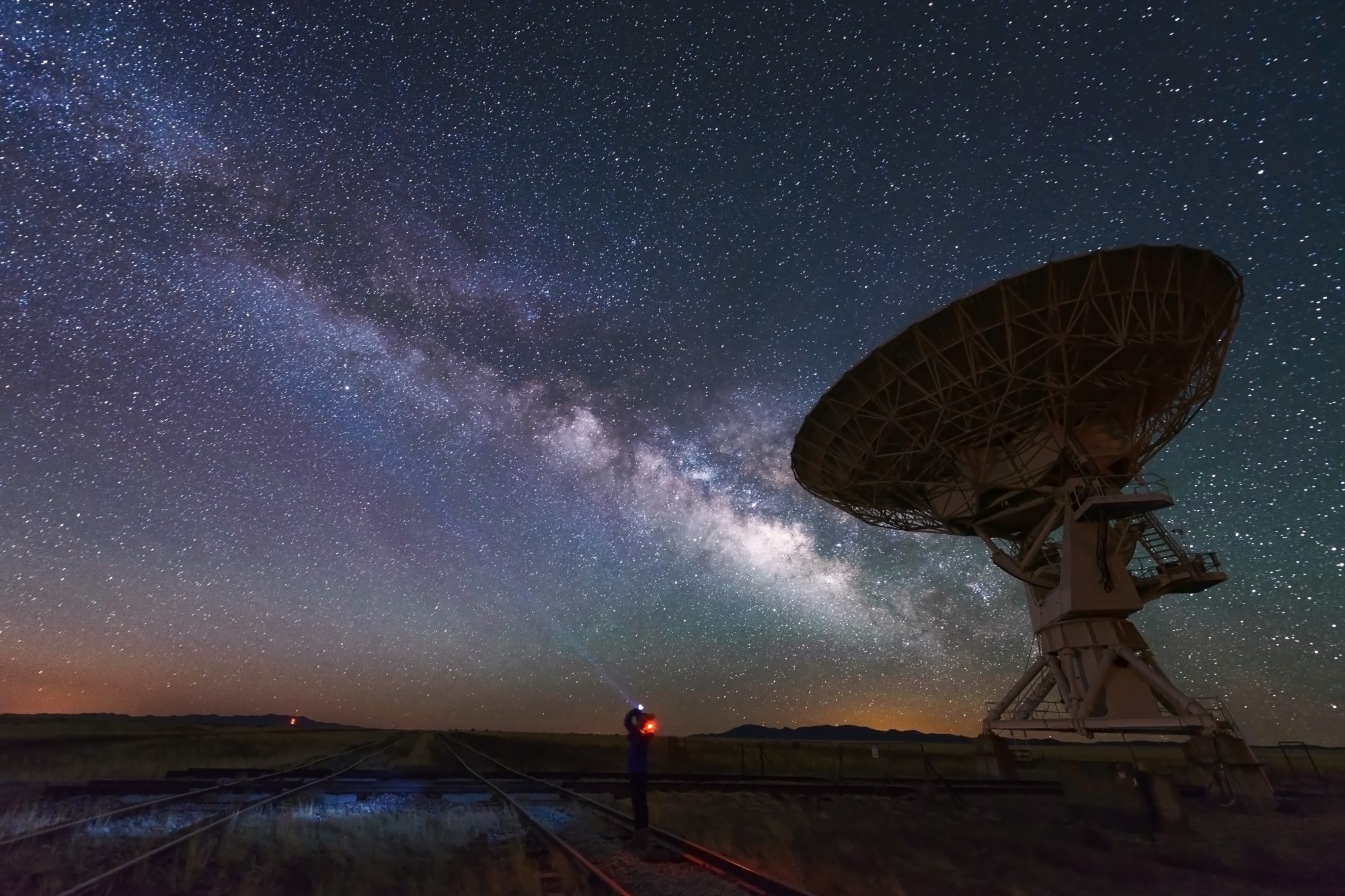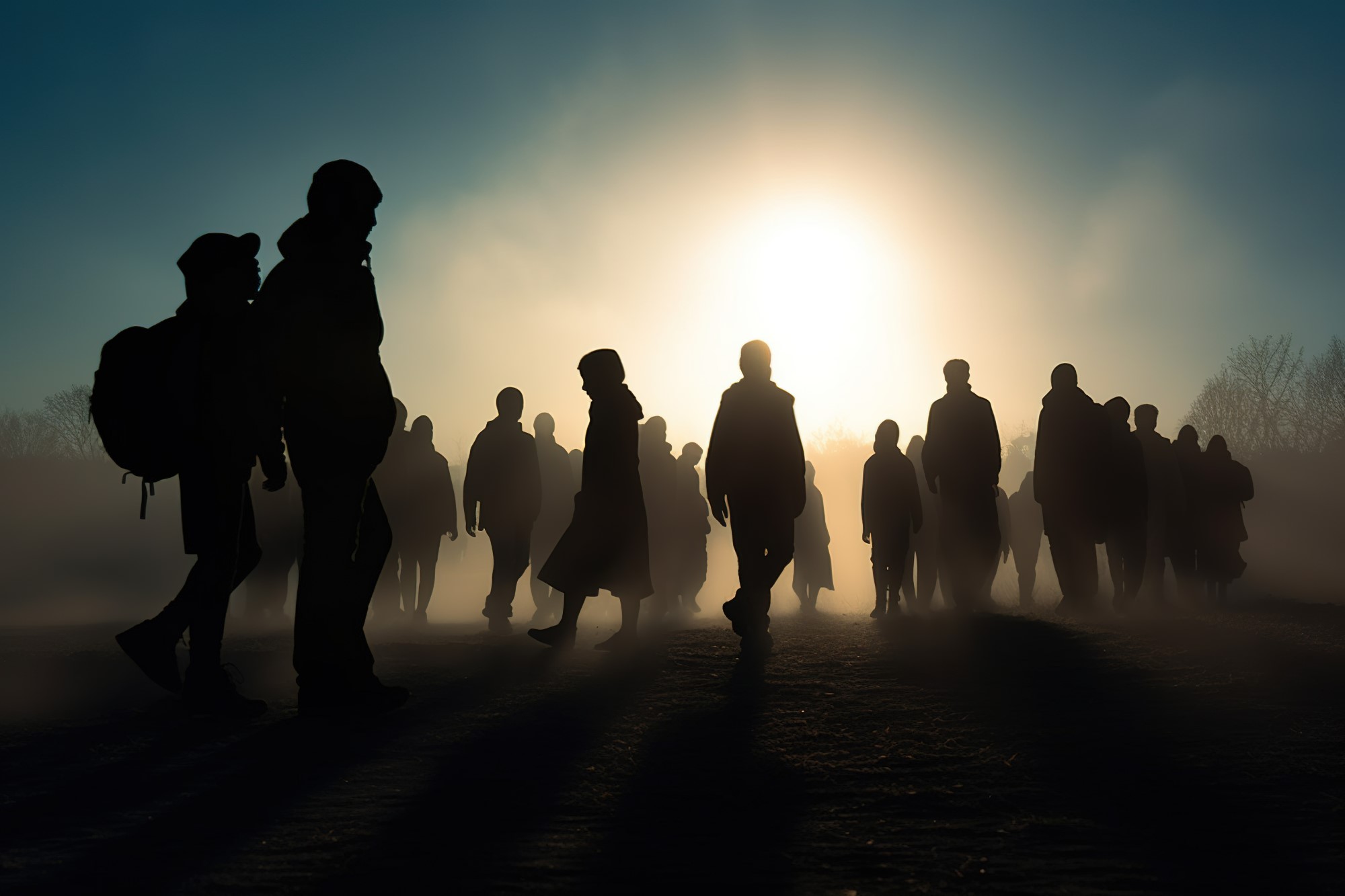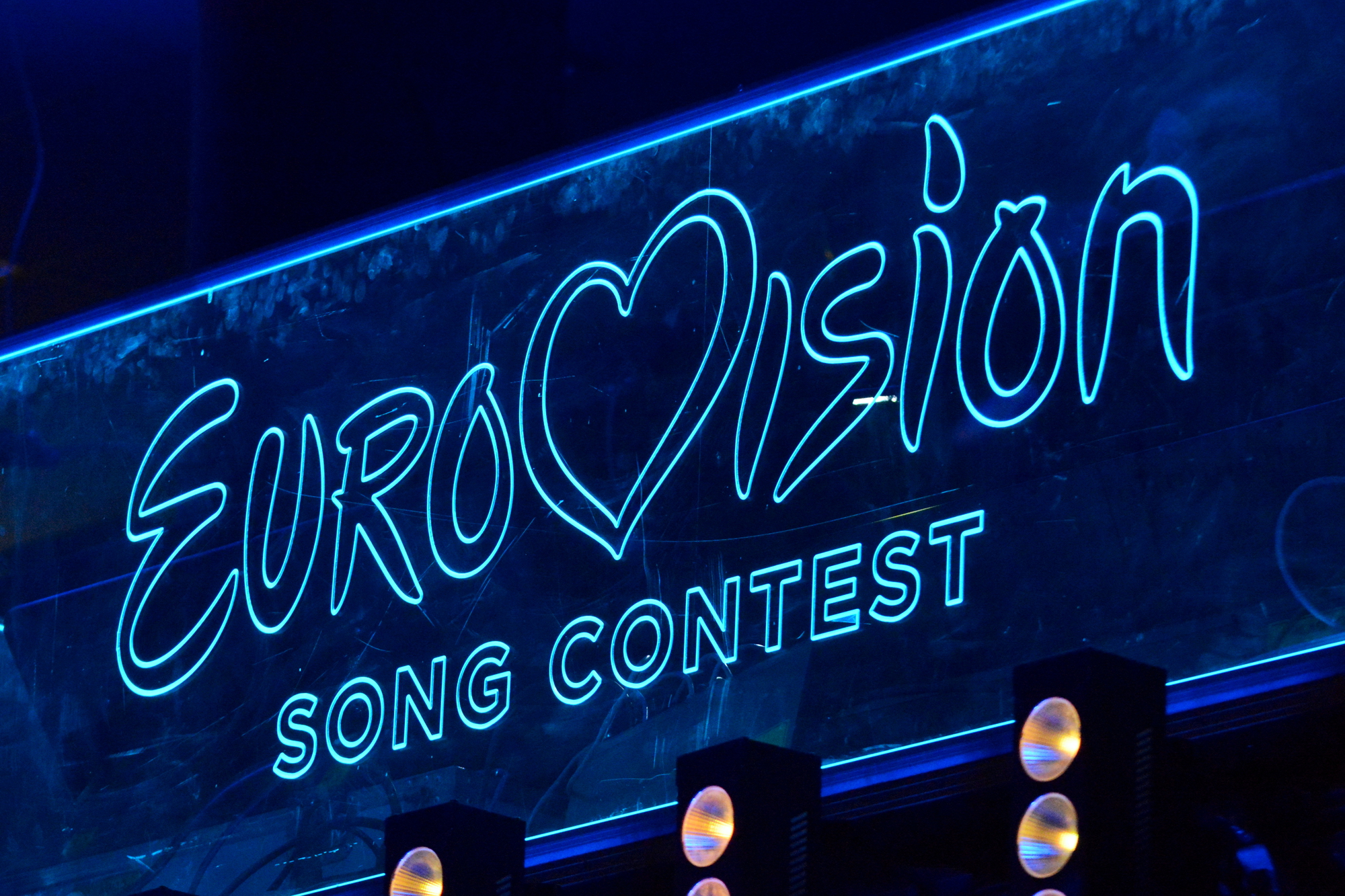Seeking Out Schrödinger’s Cat

The weather app on my phone isn’t working, though maybe working incorrectly is the best way to put it. By most indications, everything is perfectly normal; backgrounded by a slowly shifting vista of blue-grey clouds, a rounded, minimalistic font reads cloudy and fifty-one degrees. But, if the raindrop impacts on my window are any indication, its prediction is incorrect.
I refresh the page. It says it isn’t supposed to rain for another two hours. Yet, once again, three or four drops streak down my window, their impacts inaudible over the occasional rush of passing traffic on damp pavement.
This is not my phone’s only inaccuracy. At the top of the screen, superimposed over the skyscape, read the words “Rrustem Hyseni” in the same thin font. It is not entirely wrong; my apartment is located on Rrustem Hyseni Street, flanked by homes covered in satellite dishes and a knockoff LA Fitness that blasts American Top 40 late into the night. But, even in its pinpoint accuracy, the display felt jarringly incorrect.
It had never been a problem before. Belgrade, Sarajevo, Banja Luka – all the city names appeared as they should, indicating my location at the top of the screen. Yet searching Prishtina’s name came up blank. I tried both the Serbian and Albanian spellings, both to no avail. The closest I could get was a page that displayed weather for Kosovo as a whole, the forecast for which was even more inaccurate than the home screen. No, despite my efforts, Prishtina would not appear.
—
In 1935, Nobel Prize-winning physicist Erwin Schrödinger published his most widely-known essay, “Die gegenwartige Situation in der Quantenmechanik.” In it, he illustrated a fundamental paradox within quantum mechanics by proposing a now-famous thought experiment. One could take a cat, he wrote, and place it inside a steel box with a Geiger counter, a radioactive sample and a vial of poison. Hypothetically, and over the course of an hour, the sample had a fifty percent chance of decaying and setting off the Geiger counter. If it did, the poison vial would be smashed.
Common sense would dictate that the cat inside the box would quickly die. Yet, according to the quantum mechanics principle Schrödinger was addressing, the answer wasn’t so easy. Without opening the box, one could not observe whether the poison had been released and, in turn, whether the cat was dead or alive. According to the principle, then, the cat was simultaneously alive and dead until the box had been opened, and the result observed.
In a twist of irony, different observers have come to separate conclusions about what Schrödinger meant. Some have said that his thought experiment acts as support to the notion that quantum particles exist in a variety of states until observed. Others have argued that he was primarily pointing out the implausibility of the principle, stating that it was insufficient in describing phenomena beyond the quantum level. Regardless, the idea that both truth and untruth can simultaneously coexist proved a poignant one.
It is for this reason that I can’t help but think of Schrödinger as I walk through Prishtina, a space of contradiction and coexistence. I wonder what he would have thought of the street signs where the Serbian spellings are blacked out next to the Albanian, a lingering truth and untruth. What he would have thought about a country still considered by some to be part of Serbia, despite it having its own unique license plates, flags and identification cards. How he would have taken in this place considered independent only by a little over half of the world, much of the other half worried about the precedent that acknowledging it would set.
Perhaps, then, my weather app’s mistake is not out of place. But it is only one of any number of strange peculiarities involving the country’s online presence. Among the solid grey state borders on Google Maps, Kosovo’s northern border is a perforated line, snaking its way through the mountains of Southern Serbia. Street View refuses to work at all here – apparently the camera-topped car has not yet visited the country’s cluttered streets. Yet on a quiz taken by one of my American Facebook friends, Kosovo shows up as one of the 190 independent countries that she guessed correctly. It is portrayed as both place and non-place, clearly delineated by borders that may or may not exist, outlining a state that may or may not be sovereign.
These contradictions feel tragically familiar, in a way. So much of studying in the Western Balkans involves confronting the haze of ambiguity. It manifests itself in caricatured representations of the region from an outsider’s gaze, painting it as a place simply beyond understanding. Yet all too often is a lack of understanding also tragically accurate; around 1,700 people are still missing from Kosovo’s 1999 war for independence from Serbia, according to the International Committee of the Red Cross. Both a stereotype and in some ways a fact, this ambiguity has defined countries like Kosovo and refuses to let go.
Conducting research in Kosovo, then, felt important to me. Perhaps it was just the heady optimism of an undergraduate conducting his first real research, but part of me certainly hoped my contributions would help solidify some form of truth, no matter how insignificant. I wanted to carve out my own understanding of reality in this space, to find some purchase from which I could begin to make sense of what I was experiencing. To pull a strand of truth from the untruth surrounding it.
—
On most days, Rrustem Hyseni Street is fairly busy. It is located in a religious part of the city, as mosques issue their calls to prayer from all over the neighborhood. Under one of them lies the modern supermarket where my roommates and I shop for groceries. Walking back from the store, we pass a number of small restaurants and bakeries, the smell of grilled meats wafting into the street. On our right, a balding man sits quietly in a stall that appears to be marketing some sort of hair regrowth treatment. We sometimes wonder whether he too uses the products he is selling. We also pass a turquoise Mercedes sedan from the 80s, parked in the same spot outside a barbecue restaurant every day. The sights are familiar, welcoming us home to our apartment after a day of interviews or research.
The apartment itself has its own share of sights, too; coffee mugs from NATO forces fill the cupboards, and all of the TV channels are in German. Along with any given Stephen King or Tom Clancy novel, military handbooks and diplomatic studies dot the bookshelves. As students, it was clear that we differed from the apartment’s previous tenants. Perhaps this distinction did not matter, though; just like them, we were outsiders here, forced to acknowledge our other-ness every time we opened a kitchen cabinet.
At some point, I decided to research the man after which my street was named. From what I can gather, Rrustem Hyseni was a soldier killed while fighting for the Kosovo Liberation Army during the war for independence in 1999. One site tells me that he was a martyr and a historian, a “national emblematic figure.” Before the war, he was a student of history, studying at the University of Prishtina’s Faculty of Philosophy. He was an organizer of protests against the Serbian regime, including playing a key role in the violently-suppressed student protests of 1997. When the Kosovo Liberation Army rose to prominence, he joined their ranks, keeping record of his activities in a diary. Now, celebrations of his writings can be found on forums and music videos, each commemorating his sacrifice for the sake of Kosovo’s independence. Unable to speak Albanian, I cannot attest to the accuracy of the accounts. Yet, even through Google Translate, the degree of passion and patriotism present in commemorating Hyseni is clear.
In this regard, Rrustem Hyseni has joined the names of so many other freedom fighters before him. Names like Adem Jashari, the KLA’s so-called “legendary commander,” whose bullet-ridden home, where he and dozens of his family members were killed in a firefight with Serbian police, has been preserved as a national monument. His name now adorns Prishtina’s national theatre and international airport, along with any number of streets, memorials and squares throughout Kosovo. Jashari’s name is one that conjures an image of immense pride and national sacrifice for many Kosovo Albanians. Yet it is also a name that, for some of my friends in Serbia, brings about an uneasiness akin to mentioning Osama Bin Laden’s name after September 11th. Another truth and untruth.
Visiting the former Jashari home in Prekaz, little suggests that these competing truths exist. While the home itself has been preserved in its post-battle state of destruction, the rest of the compound has been transformed into an immaculate space of memory. The family’s bodies are entombed in exquisite marble, with a meticulously-groomed series of gardens and pathways branching out around the cemetery. A set of guards stands watch over their tombs constantly. Opposite the cemetery, a tall, white shard of a building, constructed from glass and stone, juts from the ground, housing the memorial dedicated to the family’s sacrifice.
Here there is little ambiguity about Jashari’s status as a national hero. It is a transcendental space, no doubt designed to immortalize the struggle he participated in as greater than the man alone. Yet still I wonder what those I know in Serbia would think here, in a village where I had been advised not to speak Serbian at all. Their truth is likely one entirely different than that which I encountered here, a disparity that seems to defy reconciliation. Yet this reconciliation is so often cited as the key to Kosovo’s progress toward a future in the European Union. Another contradiction, in itself.
—
My apartment exists on a street that is both place and non-place. It is a location of dispute, one small artery in a city known as a capital only by some, in a state only sometimes independent. Here, where the kitchen is stocked with NATO coffee mugs and the street outside is named for both a martyr and a terrorist, it is fifty-one degrees and just starting to rain. Understanding the truth feels farther and farther away.
Yet it is time to leave the apartment. Time to walk to Dit e Nat for a coffee, or Cafe Metro for a quick lunch. I head down to Rrustem Hyseni street, the apartment building and the knockoff LA Fitness receding beyond the horizon of my observation. Before me, the alleyway opens up into the street, snaking its way down towards Prishtina’s city center. I cannot see them yet, but I know that I will soon pass the mosque with a supermarket built under it, the barbecue restaurant with its turquoise Mercedes parked outside, the balding man in his hair care shop. Perhaps these sights too are colored by my own perspective as an observer, their juxtaposition warped into my own personal truth.
For Kosovo, living as Schrödinger’s cat cannot be easy. Truth here seems definite yet relative, constantly under manipulation by the observers crowding outside the box. Who are we to determine these truths? Serbia, Albania, Russia, the United States, Kosovo’s political elite, the international community: they all hover around the edges of the box and try to dictate in which state the cat will ultimately appear. Perhaps I was doing the same in my research, imposing my own form of truth onto circumstances where an unimaginable variety of truths exist. Was this a just practice, one that could be determined as valuable beyond my own perspective?
Truths are complicated. They are like diaphanous strands radiating out from a center point, interweaving and building off of each other in an enormous network of fact and fiction. Yet Schrödinger’s ideas themselves suggest that some truth exists outside of this tangle, something to be found at the center, independent of the observer. The issues here are not those of quantum mechanics or invisible particles, just as they are not simply abstract policies to be discussed in diplomatic conference rooms. They are of tangible places and real people, for whom the uncertainty of untruth is hardly sufficient.
Truth must be observed to say what it is. Or perhaps not, if Schrödinger had anything to say about it. But it would seem that the identity of the observer cannot be taken for granted. In this regard, maybe it is best to let those of Kosovo speak for themselves, to stop crowding their spaces with our own comparative versions of reality, or at least reality as we would like to see it. Maybe it is best to invert the narrative. To let the cat define its own truth.




